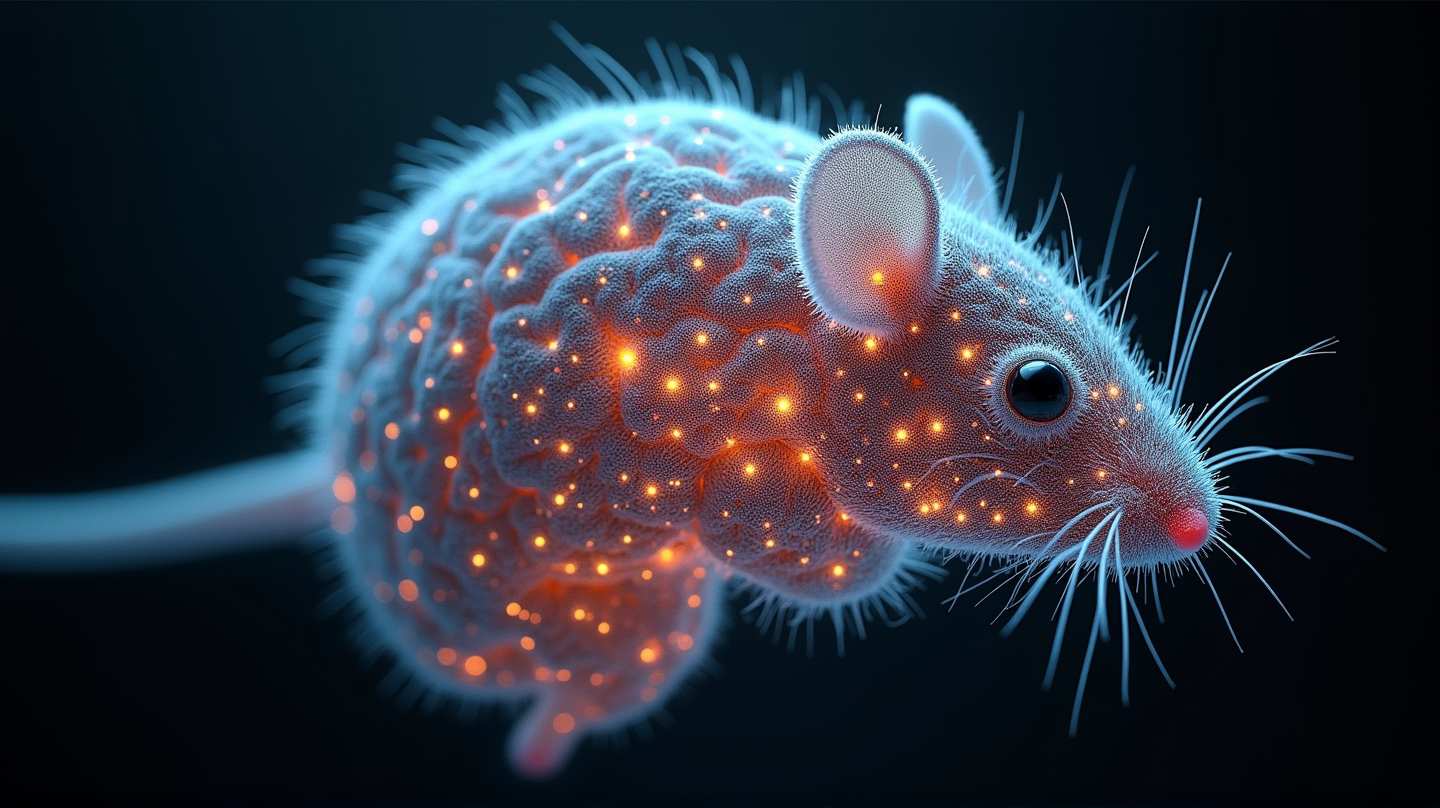Researchers have reached a significant milestone in neuroscience by constructing the largest and most detailed 3D map of a mammalian brain, specifically a cubic millimeter of mouse brain tissue. This groundbreaking project has not only mapped over 200,000 brain cells but also intricately outlined their connections, providing an unprecedented view into the brain’s structure and function.
The Groundbreaking Achievement
The mammoth effort, led by over 150 researchers, has resulted in the most comprehensive wiring diagram of a brain region involved in vision. This high-resolution map contains around 82,000 neurons and more than 500 million synapses, echoing a stellar leap in neuroscience. According to Nature, this detailed brain map also marvelously captures the neurons’ activity on a large scale—a revolutionary step that previous neuroscience endeavors hadn’t achieved.
A Technological Breakthrough
The project, part of the Machine Intelligence from Cortical Networks (MICrONS) initiative, utilized advanced 3D mapping techniques and machine-learning algorithms. The team recorded neuronal activities as the mouse viewed different stimuli, including scenes from “The Matrix,” before slicing the brain into tissue fragments as thin as a human hair. Compiling these slices into a cohesive 3D map involved annotating neurons, projections, and synapses, blending structure with activity like never before.
A Visionary Leap in Connectomics
This development marks a milestone in the field of connectomics, which seeks to understand how brains process and organize information. As stated in Nature, the integration of functional and structural data at such a scale is unprecedented. Researchers anticipate that this map will fuel numerous studies, providing insights into neural processing, organization, and even aid in understanding complex neurodegenerative diseases.
A Future of Possibilities
With this monumental 3D brain map, the landscape of neuroscience opens up to exceptional possibilities. Mariela Petkova of Harvard University praised the achievement as a feat that has bypassed historical barriers, mapping neuronal function on an unprecedented scale. Forrest Collman from the Allen Institute for Brain Science describes the data as “stunningly beautiful,” akin to gazing at the night sky filled with stars, reflecting the brain’s intricate complexity.
This 3D mapping initiative is not only a giant stride forward for neuroscience but also a doorway to unveiling the mysteries of how brains, even as small as a mouse’s, process information at a fundamental level.
